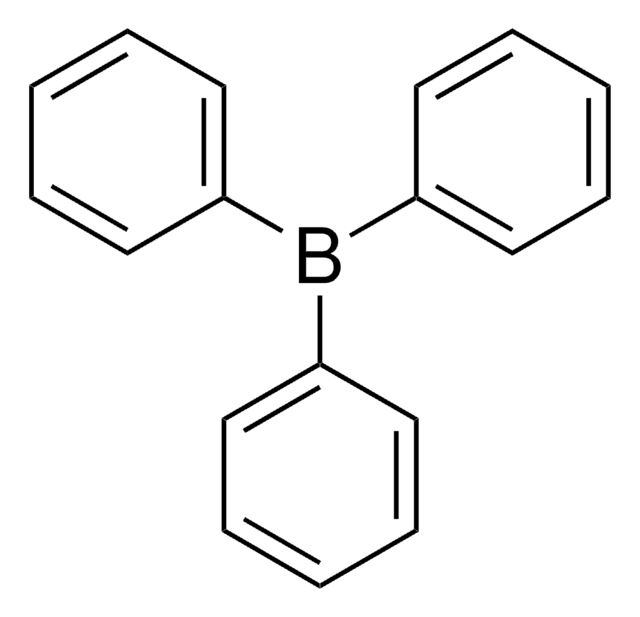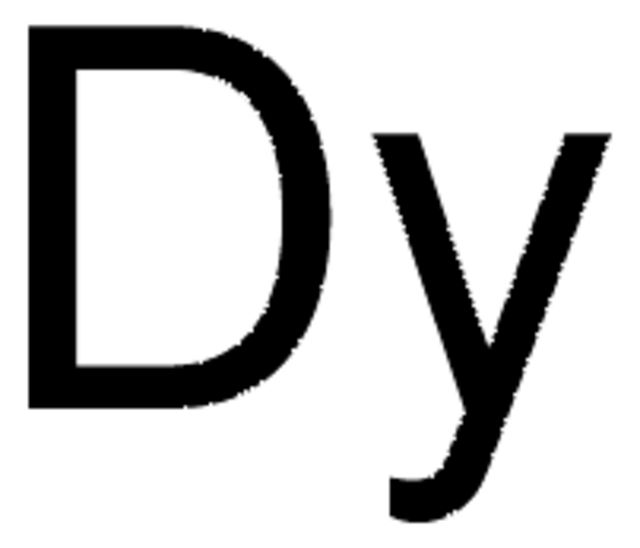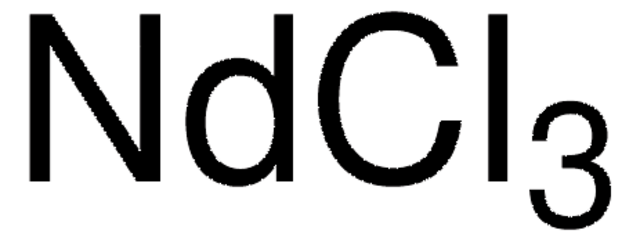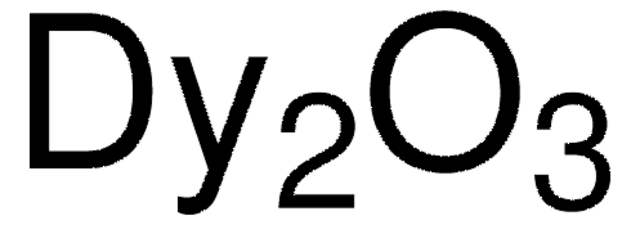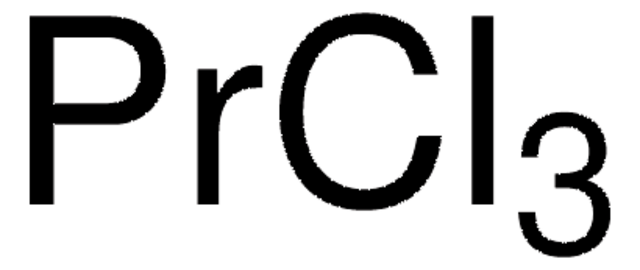263176
Praseodymium
powder, ~40 mesh, 99.5% trace rare earth metals basis
Sign Into View Organizational & Contract Pricing
All Photos(1)
About This Item
Empirical Formula (Hill Notation):
Pr
CAS Number:
Molecular Weight:
140.91
EC Number:
MDL number:
UNSPSC Code:
12161600
PubChem Substance ID:
NACRES:
NA.23
Recommended Products
Assay
99.5% trace rare earth metals basis
form
powder
reaction suitability
reagent type: catalyst
core: praseodymium
resistivity
68 μΩ-cm, 20°C
particle size
~40 mesh
bp
3520 °C (lit.)
mp
931 °C (lit.)
density
6.71 g/mL at 25 °C (lit.)
SMILES string
[Pr]
InChI
1S/Pr
InChI key
PUDIUYLPXJFUGB-UHFFFAOYSA-N
Looking for similar products? Visit Product Comparison Guide
Signal Word
Danger
Hazard Statements
Precautionary Statements
Hazard Classifications
Aquatic Chronic 4 - Eye Irrit. 2 - Pyr. Sol. 1 - Skin Irrit. 2
Storage Class Code
4.2 - Pyrophoric and self-heating hazardous materials
WGK
WGK 3
Flash Point(F)
Not applicable
Flash Point(C)
Not applicable
Personal Protective Equipment
dust mask type N95 (US), Eyeshields, Gloves
Regulatory Information
新产品
Choose from one of the most recent versions:
Already Own This Product?
Find documentation for the products that you have recently purchased in the Document Library.
Mozhgan Khorasani-Motlagh et al.
Spectrochimica acta. Part A, Molecular and biomolecular spectroscopy, 79(5), 978-984 (2011-06-15)
The binding of neodymium(III) and praseodymium(III) complexes containing 1,10-phenanthroline, [M(phen)2Cl3·OH2] (M=Nd (1), Pr (2)), to DNA has been investigated by absorption, emission, and viscosity measurements. The complexes show absorption decreasing in charge transfer band, fluorescence decrement when bound to DNA.
N Bendangsenla et al.
Spectrochimica acta. Part A, Molecular and biomolecular spectroscopy, 103, 160-166 (2012-12-22)
The interactions of Pr(III) with nucleosides and nucleotides have been studied in different organic solvents employing absorption difference and comparative absorption spectrophotometry. The magnitudes of the variations in both energy and intensity interaction parameters were used to explore the degree
Junichiro Kojou et al.
Applied optics, 51(9), 1382-1386 (2012-03-24)
We demonstrate pulse laser operation of a Pr:LiYF(4) laser pumped by InGaN laser diodes (444 nm) using an acousto-optic modulator. We obtained a maximum laser peak power of 167 W (4 μJ/pulse) with a pulse width of 24 ns at
Liaolin Zhang et al.
Spectrochimica acta. Part A, Molecular and biomolecular spectroscopy, 93, 223-227 (2012-04-10)
We report on the spectroscopic properties of Pr(3+)-doped boro-phosphate, boro-germo-silicate and tellurite glasses. The stimulated absorption and emission cross sections were estimated. Only one emission at 596 nm and 605 nm is observed in Pr(3+)-doped boro-phosphate and boro-germo-silicate glasses, respectively
D V Sunitha et al.
Spectrochimica acta. Part A, Molecular and biomolecular spectroscopy, 99, 279-287 (2012-10-23)
A series of Pr(3+) (1-9 mol%) doped CdSiO(3) nanophosphors have been prepared for the first time by a low temperature solution combustion method using oxalyldihydrizide (ODH) as a fuel. The final product was characterized by Powder X-ray diffraction (PXRD), Fourier
Our team of scientists has experience in all areas of research including Life Science, Material Science, Chemical Synthesis, Chromatography, Analytical and many others.
Contact Technical Service


